Beef broth and beef stock are not the same thing - and using the wrong one can ruin your dish. Here's what home cooks need to know: broth is made from meat and simmers 1-3 hours for immediate flavor, while stock uses bones and simmers 8-12 hours for richer texture and body. This guide cuts through the confusion with practical differences you can see, taste, and use in everyday cooking.
Broth vs Stock: What You Need to Know First
Most recipes use these terms interchangeably, but chefs know the difference matters. Broth works best for soups where clear flavor shines, while stock creates restaurant-quality sauces with perfect consistency. Skip the science jargon - here's exactly how to choose the right one for your dish.
| Feature | Beef Broth | Beef Stock |
|---|---|---|
| How It's Made | Meat scraps, vegetables, salt (simmered 1-3 hours) | Bones, connective tissue (simmered 8-12 hours) |
| Texture When Cold | Stays liquid | Gels solid |
| Best For | Clear soups, quick sauces, light dishes | Gravies, braises, rich sauces |
| Store-Bought Tip | Look for 'broth' on label | Choose 'bone broth' for real stock |
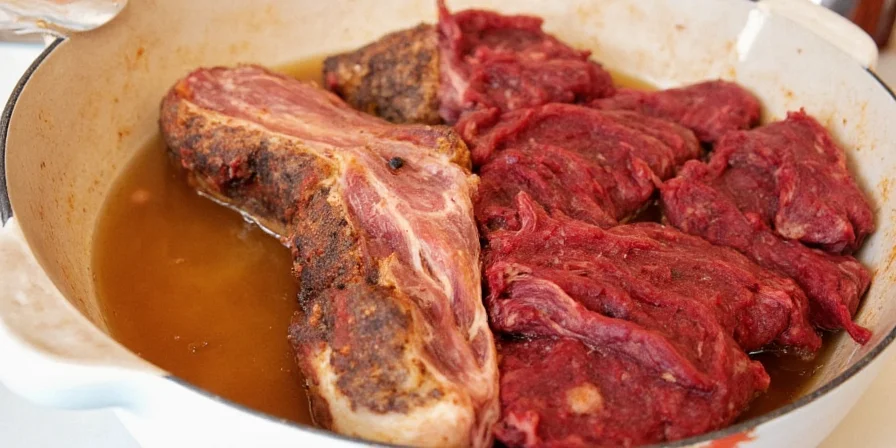
When to Use Each: Practical Guide
Save your dinner with these chef-tested rules:
Use Beef Broth When
- You need quick flavor (ready in under 3 hours)
- Making clear soups like pho or consommé
- Low-sodium diets (easier to control salt)
- Recipes where delicate spices should shine (add cumin, coriander in last 15 minutes)
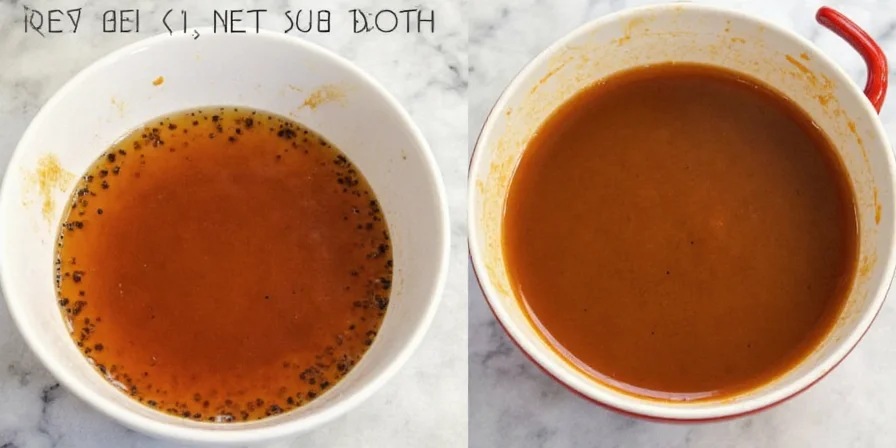
Use Beef Stock When
- Creating thick sauces without cornstarch
- Braising tough cuts (short ribs, oxtail)
- Recipes requiring body and richness
- Working with warm spices like black pepper and cloves (stock holds flavors better)
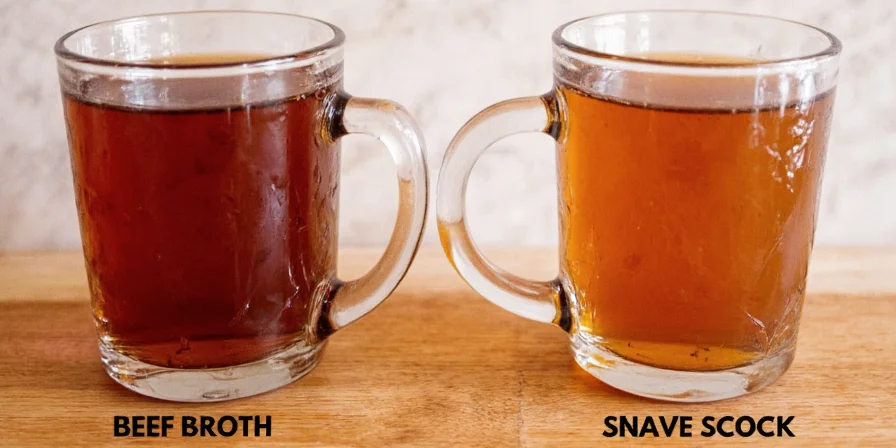
Can I Substitute One for the Other?
Yes, but with adjustments:
- Broth instead of stock: Reduce by 50% first, or add 1 tsp cornstarch per cup
- Stock instead of broth: Dilute with water (50/50 mix) to avoid overpowering
- Pro tip: For French onion soup, use stock as base then finish with broth and fresh thyme

Store-Bought Selection Guide
Avoid these common mistakes:
- Myth: 'Bone broth' always equals stock (check ingredients - some are just salty broth)
- Reality check: Proper stock should gel when refrigerated
- Best value: Low-sodium versions give you control over seasoning
- Cloudy stock? It's still good - just means it was boiled too hard
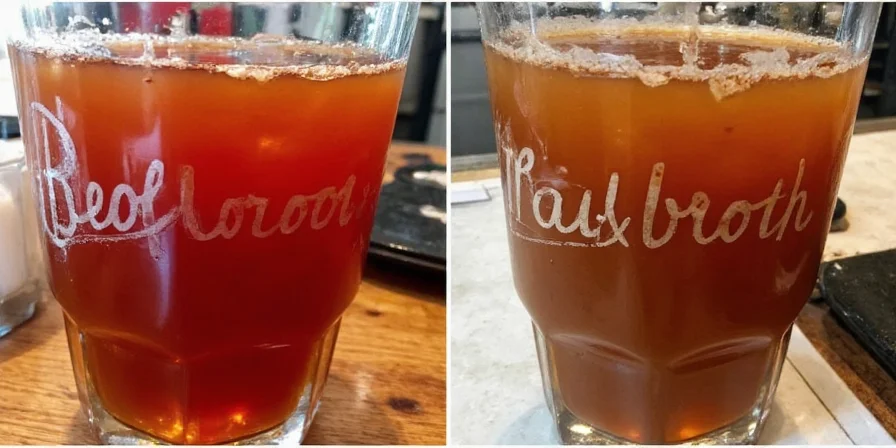
Frequently Asked Questions
Why does my stock become cloudy?
Cloudiness happens when stock boils too hard, emulsifying fats into the liquid. To prevent: keep at a gentle simmer (180-190°F), skim foam early, and avoid stirring. Cloudy stock still tastes great - it's purely visual.
Can I substitute broth for stock in gravy?
Yes, but you'll need help. Broth lacks the natural thickening power of stock's gelatin. Solution: reduce broth by half first, or use 1 tsp cornstarch per cup of liquid. For best results, combine both - use reduced stock as base, then add broth for flavor.
How long can I store homemade versions?
Refrigerated: Broth lasts 4 days, stock lasts 5 days (stock's gelatin helps preservation). Frozen: Both maintain quality for 6 months in airtight containers. Pro tip: Freeze stock in ice cube trays for perfect portioning.
Is store-bought stock as good as homemade?
Most store versions fall short, but these brands get close: for stock, choose 'Osso Good' or 'Kettle & Fire' (check that they gel when cold); for broth, 'Kitchen Basics' offers clean flavor. Avoid anything with yeast extract or excessive sodium.
Key Takeaways for Home Cooks
- Broth = quick flavor, stock = rich texture
- Test store stock by refrigerating - real stock should gel
- Never substitute directly without adjusting quantities
- Combine both for ultimate flavor and texture (stock base + broth finish)
- Spice timing matters: volatile spices with broth, warm spices with stock
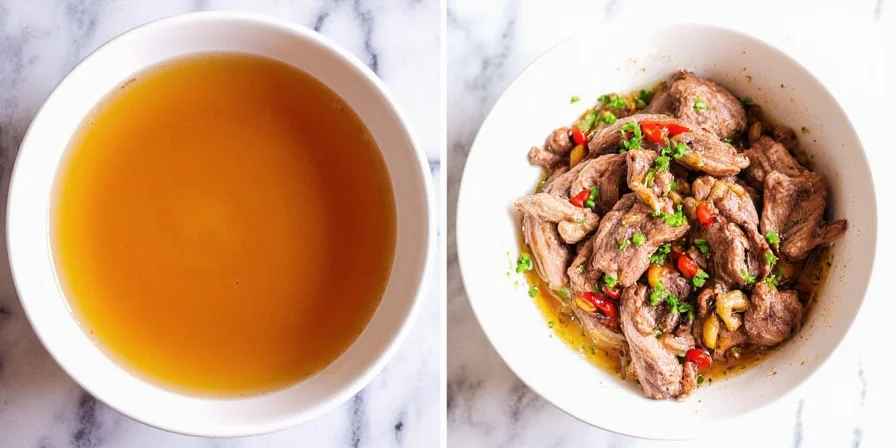
Try this tonight: Make beef stew using stock instead of broth. You'll notice the sauce clings to meat and vegetables perfectly, with deeper flavor that builds as you eat - that's the magic of proper stock at work.

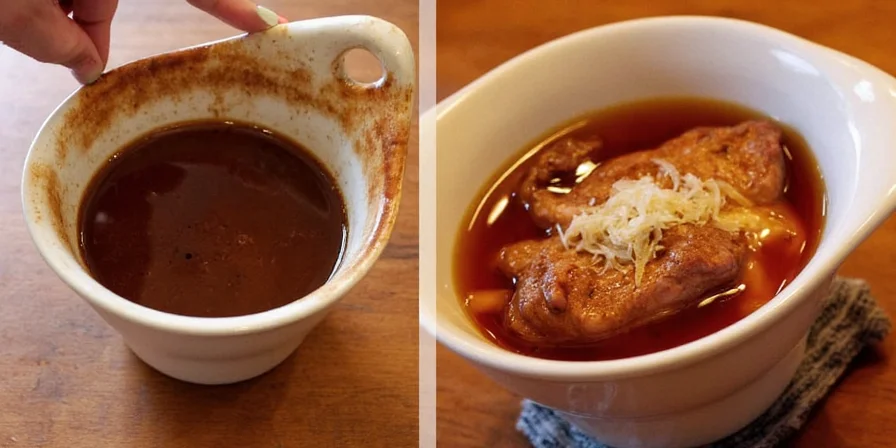









 浙公网安备
33010002000092号
浙公网安备
33010002000092号 浙B2-20120091-4
浙B2-20120091-4